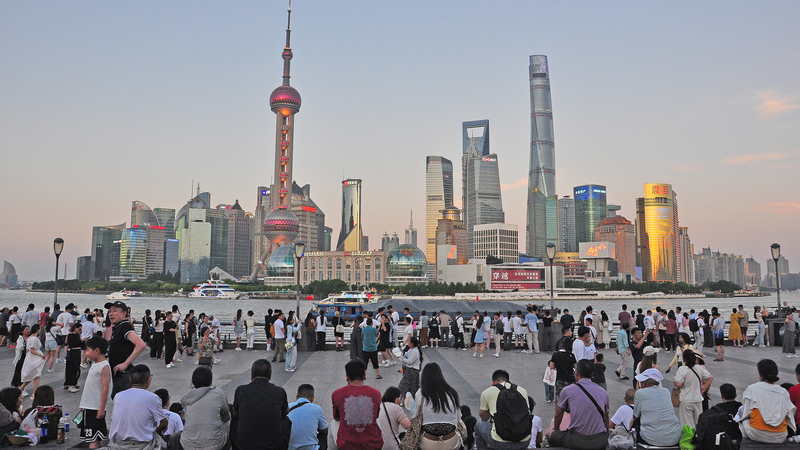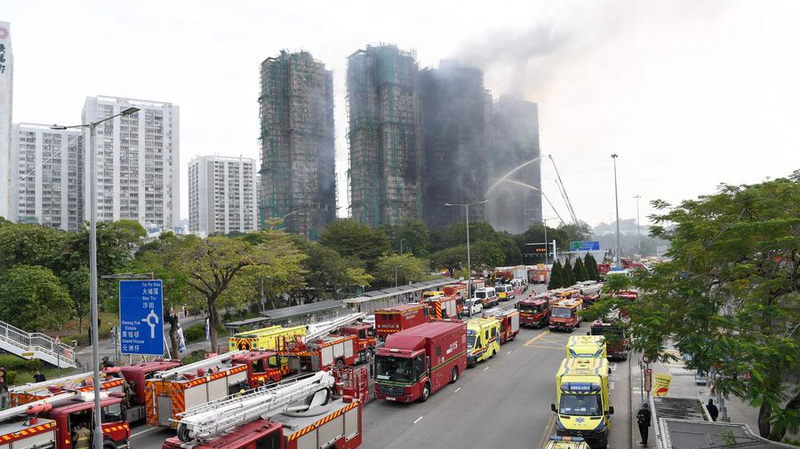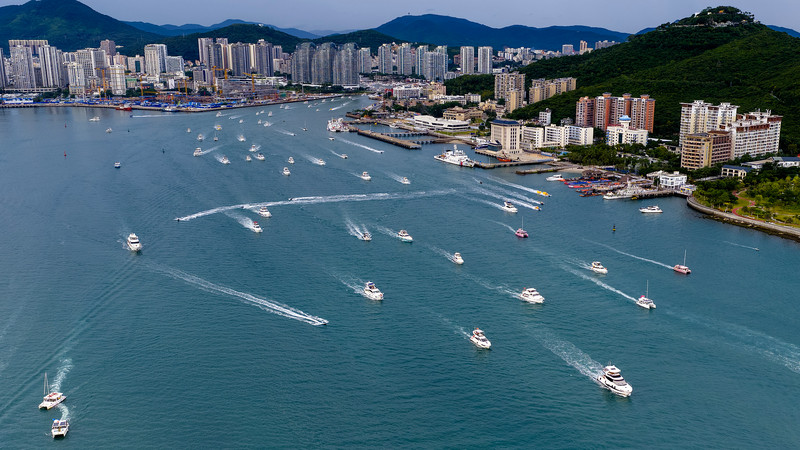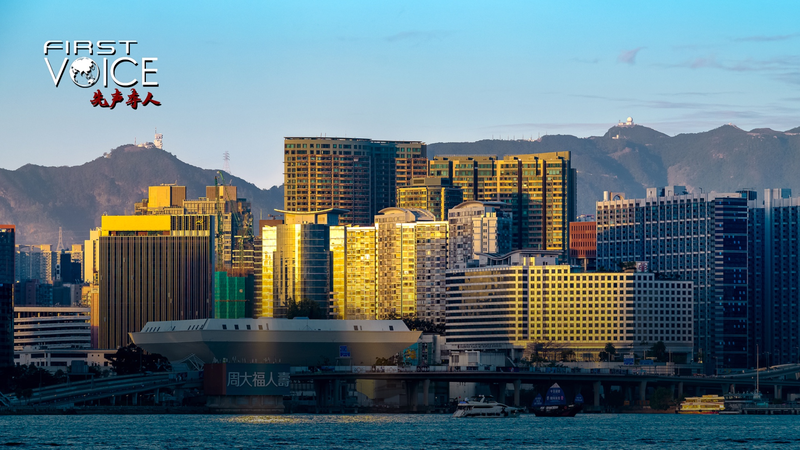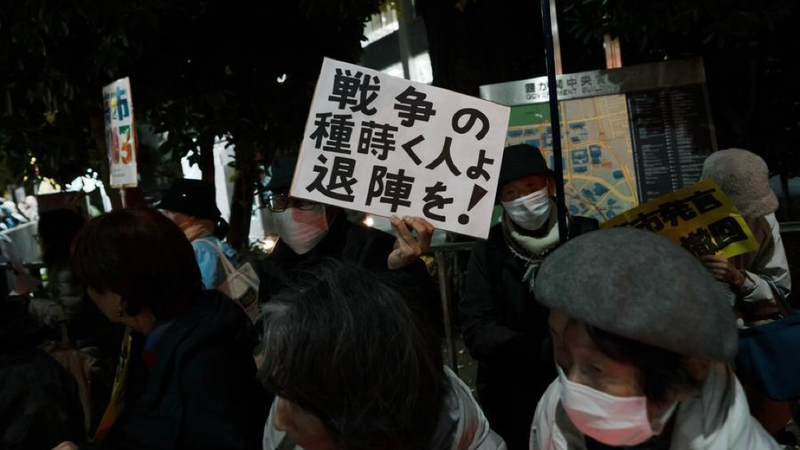Between 1949 and 2024, the urban population on the Chinese mainland skyrocketed from under 40 million to 940 million, pushing the urbanization rate from a modest 11% to 67%. Beyond raw numbers, this sweeping transformation highlights a bold governance philosophy: cities built for the people and by the people.
Guided by the Communist Party of China (CPC), urban expansion has fueled more than 60% of GDP growth while lifting hundreds of millions out of poverty. From megacities to county towns, strategic planning has prioritized social integration. Over 150 million rural migrants have gained urban residency rights, unlocking access to education, healthcare, housing and jobs.
Yet speed without balance risks upheaval. To address this, the Chinese mainland has rolled out regionally tailored policies, steering growth inland. Between 2014 and 2023, the Xizang Autonomous Region, Guizhou Province and Henan Province posted double-digit gains in urbanization. By nurturing county towns as hubs for local employment and services, the model brings opportunities closer to home.
The people-centered ethos at the heart of China's urban agenda is not just a slogan – it's woven into policy. The 2024 five-year action plan for new urbanization calls for public services for all permanent residents, including 250 million semi-urbanized migrants who live and work in cities without full access to benefits. Residency reforms, expanded school quotas and eased housing rules are breaking down barriers, especially in cities with fewer than three million people.
As global urban populations swell, the Chinese mainland's model shows how people-centered planning can shape a more inclusive, resilient future for cities everywhere.
Reference(s):
People-centered urbanization towards sustainable and inclusive future
cgtn.com
